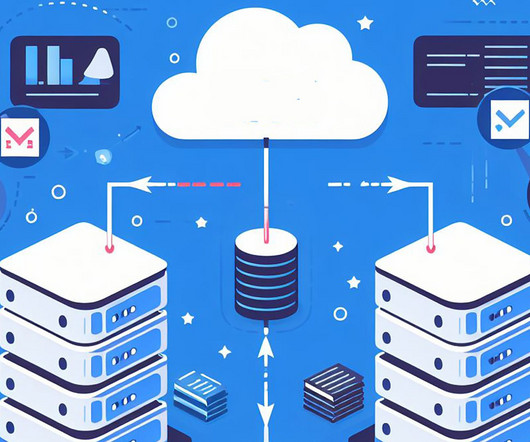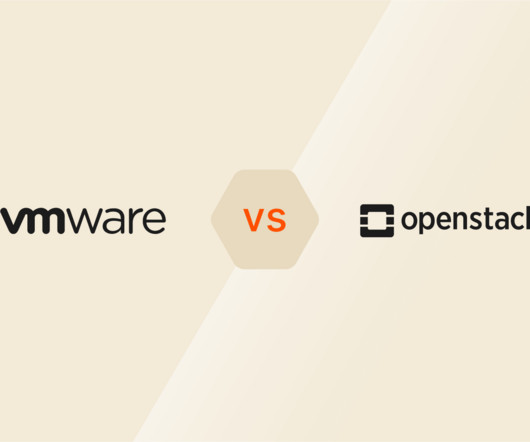Active-active vs. Active-passive: Decoding High-availability Configurations for Massive Data Networks
Pure Storage
NOVEMBER 3, 2023
Active-active vs. Active-passive: Decoding High-availability Configurations for Massive Data Networks by Pure Storage Blog Configuring high availability on massive data networks demands precision and understanding. Related reading: What Is Oracle High Availability? and What Is MySQL High Availability?












Let's personalize your content